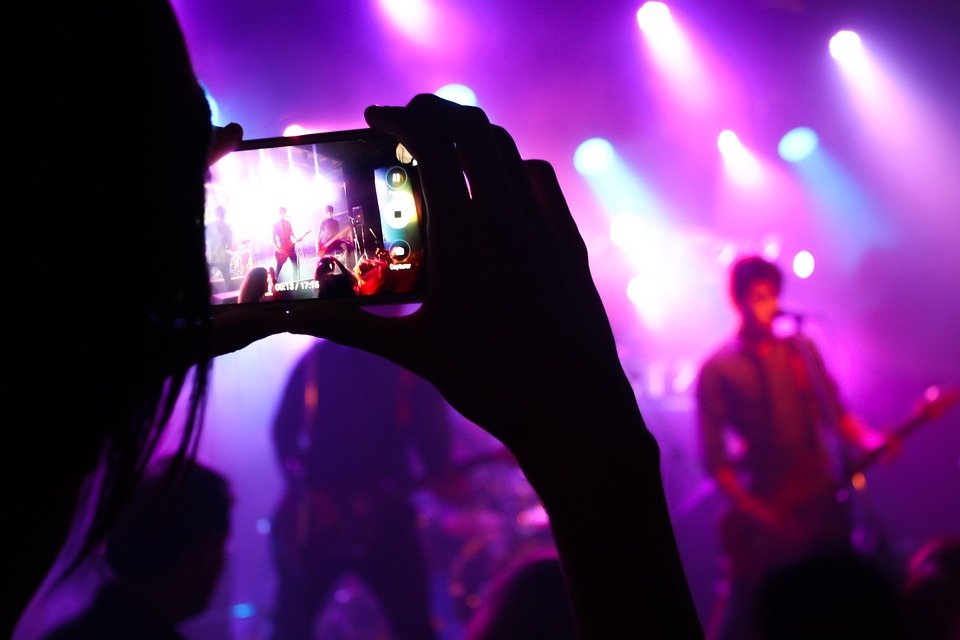
The event industry has undergone a significant transformation over the past decade, with advances in technology, shifts in consumer preferences, and the global pandemic reshaping the way events are planned, executed, and experienced. Despite these advancements, there remain critical gaps that, if addressed, could elevate the industry to unprecedented heights. This blog post explores the key elements missing in today’s event industry and how filling these gaps could revolutionise the landscape of events.
Embracing Total Digital Integration
The first glaring gap is the lack of total digital integration in event planning and management. While many events have adopted digital tools for ticketing and marketing, there’s a broader spectrum of integration that remains untapped. From augmented reality (AR) experiences that can enhance attendee engagement to the use of artificial intelligence (AI) for personalized event recommendations and virtual reality (VR) platforms that can host entire events online, the possibilities are endless. Total digital integration could provide a seamless and immersive experience for attendees, regardless of physical or virtual attendance.
Sustainable Practices as a Standard
Sustainability in the event industry is often viewed as a value-add rather than a foundational practice. However, with increasing awareness of climate change and environmental degradation, there’s a pressing need for the event industry to adopt sustainable practices as the standard, not the exception. This includes everything from reducing waste and using sustainable materials to leveraging technology to minimize the carbon footprint of events. Moving towards sustainability not only benefits the planet but also aligns with the growing demand from consumers for environmentally responsible businesses.
Enhanced Personalisation through Data Analytics
While data analytics has been a buzzword across industries, its application in the event industry for personalisation is still in its nascent stages. Leveraging data analytics can enable event organisers to offer a highly personalised experience to attendees, from tailored event content to personalized networking opportunities. However, this requires a sophisticated understanding and implementation of data analytics tools and techniques, which many in the industry have yet to adopt fully.
Mental Health and Accessibility Considerations
The mental health and accessibility of attendees and participants have often been overlooked in the rush to deliver spectacular events. Ensuring events are accessible to people with disabilities and those with mental health challenges is not just about inclusivity; it’s about recognizing the diverse needs of all participants and creating an environment where everyone can enjoy and benefit from the event. This includes physical accessibility, sensory-friendly environments, and programming that acknowledges and supports mental well-being.
Fostering Genuine Community Engagement
Lastly, the event industry often misses the opportunity to foster genuine community engagement. Events are not just about the spectacle or the content; they’re about building communities and fostering connections among attendees. This requires a shift in focus from merely executing events to nurturing the communities that form around them, encouraging ongoing engagement and interaction beyond the event itself.
Conclusion
The event industry stands on the brink of a new era, with the potential to create experiences that are more engaging, inclusive, sustainable, and impactful than ever before. By addressing these missing elements, the industry can not only enhance the attendee experience but also contribute to a more sustainable, inclusive, and connected world. The future of events is bright, but it requires a collective effort to bridge these gaps and unlock the full potential of what events can be.
